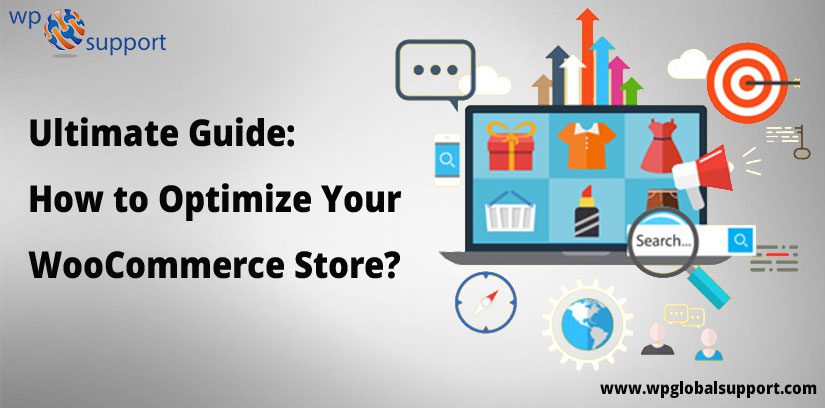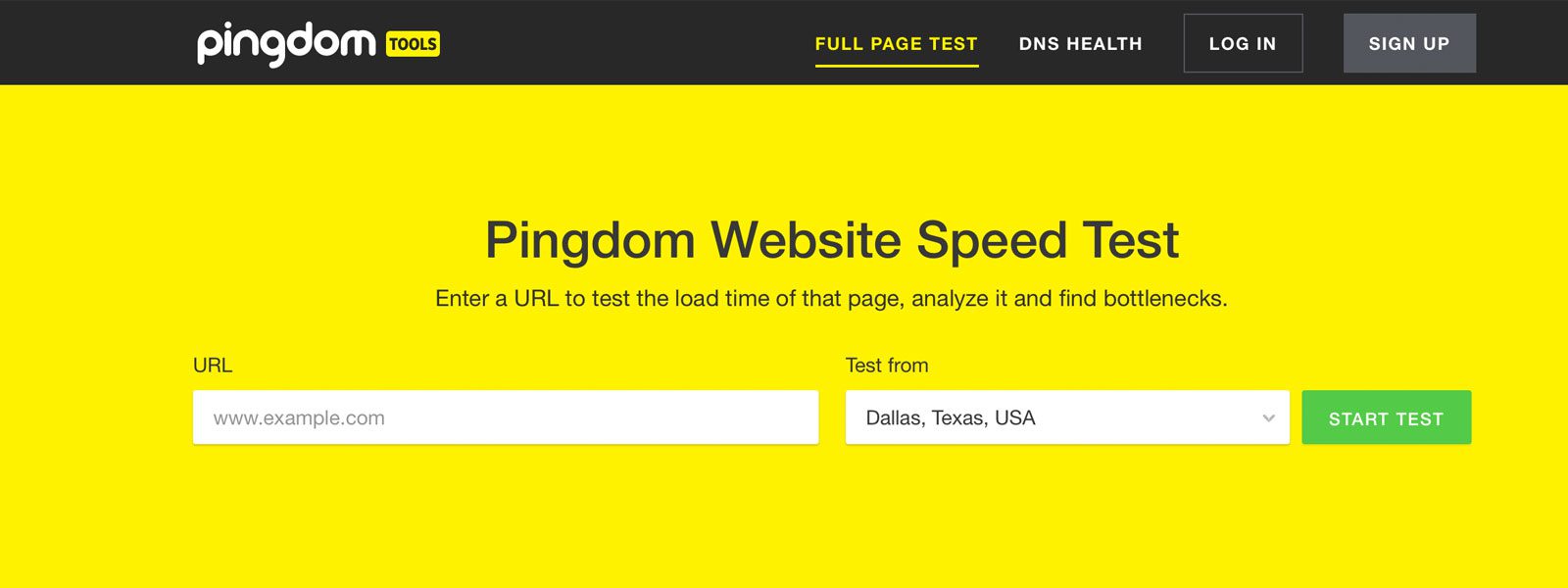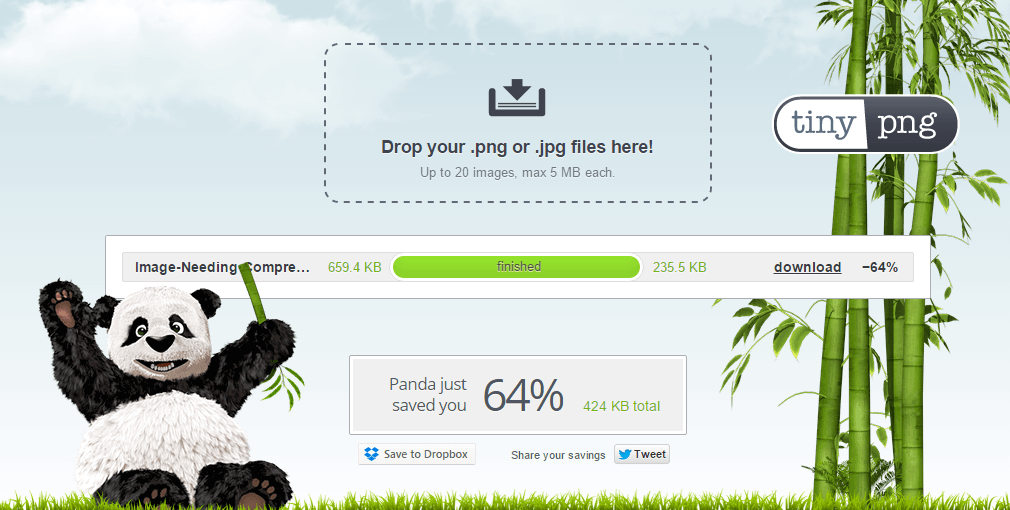
As a WooCommerce store operator, you want to see your business reach its full potential. Speed and reliability are two important factors in ensuring this – your site needs to load reliably and quickly, regardless of traffic spikes or any other problems.
To achieve this goal, you have to learn how to monitor performance slow down and how to complete the original WooCommerce optimization tasks. Here are a few maintenance ongoing and there can keep your online store running in good shape in all but the most demanding of circumstances.
In this post, We will introduce you to three simple methods to optimize your WooCommerce Website. Let’s get started!
Looking for the quick support for WooCommerce Website so we assist you with the best and awesome service. Feel free to dial our Toll-Free number +1-888-738-0846.
1. Upgrade Your E-Commerce Hosting Plan
If you are the owner of the e-commerce store, then you are probably already familiar with the concept of hosting plan. However, you will not know that there are tailor-made plans for e-commerce users. additional e-commerce special features and better security to ensure that you need to your store run smoothly.
Online store owners do not have the option of planning an e-commerce hosting, but in many cases, this may improve performance. In any case, once your store grows after a certain size and then becomes sluggish – defined by the slow loading time – the upgrade to a better hosting plan is probably the best way to do it.
Most web hosts offer plans on a tiered system, with the cheapest (such as bandwidth and storage) providing the fewest resource. As a rule of thumb, you get access to more expensive plans, more resources, and better hardware.
For example:- In this case, there is unlimited basic resources at all levels – bandwidth and storage – but the higher you want to go, the more you gain from increased performance.
Let’s look at some examples of some features that you will find in more advanced e-commerce hosting plans:-
- Free SSL (Secure Socket Layer) certificates, for increased security.
- Access to better hardware to increase the performance of your store.
- Custom plans designed for your particular e-commerce platform.
- Premium or preferential support from your web host, more in line with the needs of your WooCommerce store.
The process of upgrading hosting plans is different from the provider to provider, but most of the time, it is as easy to enter into your account and pay for your new digs.
2. Optimize Your Media Files
When we talk about media files, we are referring to product images, embedded videos, and much more that are not text. All these files require more time to load with plain text because they have a large file size.
Of course, long-loading times are not so much these days, it is due to the fast average internet speed, but still, they can cause a problem. E-commerce sites, especially, encourage customers to pack into several product images, which can also challenge a quick connection.
When a potential customer faces a heavy load, sometimes they leave your shop immediately, which increases your bounce rate, and reduces your bottom line.
Although not all e-commerce sites come in this trap, therefore, your first step should be to use Page Speed Testing Tools like Pingdom, to see if you have something to worry about.

If your loading times are over the two-second mark – or hovering in that vicinity. You must definitely customize your media files. When it comes to simple images, we are big fans of TinyPNG. This online tool enables you to upload your graphics and then sits on it because it compresses them.

To proceed with the video, your best bet is to use the embed function to host them on a third party platform (YouTube) and place them on your site. In this way, you avoid any unnecessary strain on your servers.
However, if you want to go on a self-hosted route, here’s an easy guide to optimizing HTML5 video files for the web.
Finally, if you are a WordPress user, then you are in luck. This enables you to use plugins like the EWWW Image Optimizer to automate image optimization.
EWWW Image Optimizer supports PNG and JPEG files, and by default, it uses lossless optimization technology, which means that your images are as possible without affecting their quality.
3. Identify (And Remove) Extension Bottlenecks
Unless you are running WooCommerce while exiting the box, you are probably familiar with the expansion of the platform. To put it simply, they are for WooCommerce because the plugins are for WordPress – tools you can install to expand the features of your store.
Here is a screenshot of WooCommerce Bookings showing that you can add an extension to your shop.
WooCommerce extensions are a good solution if you need to add a special feature, but they can also take a toll on your store’s performance. For example, one (or more) of your extensions can overtax your server, for which a planned upgrade may be required to decide.
To know if this is the case, we need to check a WooCommerce extension one by one. As always, backup your site before making any significant changes in it, once you do this, you can deactivate your WooCommerce extensions one by one by clicking one of your WordPress dashboards as you would regular plugins. See the Top 8 WordPress Plugins for SEO.
Gradually move on and check that after disabling each extension, using Pingdom will improve your loading times.
Also, you may also tackle this process through FTP, using FileZilla. Access the file on your website using the client and locate following folder public_html > wp-content > plugins
Changing the Plugins folder to something else will automatically deactivate all plugins on your website. This is a nuclear troubleshooting option – if you want to make sure that the extension is the source of your performance problems.
It goes without saying that you should backup your site before considering it because it can break during the process.
If you manage to identify a hassle WooCommerce extension, then there are two courses of action:-
- Delete the extension altogether and look for a replacement.
- Upgrade your hosting plan to accommodate the need for an extension for more resources.
For the past, your search should either start at WooCommerce’s official extensions repository or CodeCanyon.
4. Optimizing your CSS
Most of your plugins render their own CSS files. Your theme and child theme obtains their CSS:es. WooCommerce adds more CSS. A minifier plugin can compile and compress your CSS styles and make them load rapidly. Autoptimize is the best plugin. It helps in minifying html and javascript for you.
5. Using a Cache Plugin
You must use a cache plugin. If you want a free caching plugin you can try W3 Total Cache. However be ready to spend some time to experiment on what options suit your site and hosting environment best. W3 Total Cache includes a minifier.
WP Super Cache is a free plugin that is easier to configure than W3. Both are great plugins that can do a lot for your entire site speed.
CONCLUSION
Even the most good-looking WooCommerce store is bound to flop if it takes ages to load. So, users cannot forget to come to e-commerce stores.
Don’t be afraid, though – learning ways to implement these three simple fixes can go a long way in keeping your shop sailing at full speed:-
- Upgrade your e-commerce hosting plan.
- Optimize your media files.
- Identify and remove extension bottlenecks.
That’s all in our behalf. If you have any question regarding the optimization tips. Let us know in the comments section provided below!
Still facing problem related to WordPress just feel free to contact our WordPress Technical Support number and get the best result. Dial +1-888-738-0846(Toll-Free).
